- 07 Jun, 2022
- Machine Learning
- User Experience
- Artificial Intelligence
- By Musketeers Tech
5 Ways to Use Machine Learning to Enhance User Experience
Over time, Machine Learning has improved, enabling us to extract more knowledge from the data we gather. Even the roles of interaction designers, product designers, and UX designers can be changed by machine learning. This article presents five distinct approaches to use machine learning to enhance user experience. Let’s get started right away!
1. Provide Next-level Personalization
Personalization will continue to be popular in 2020. You can provide clients with next-level personalization thanks to machine learning. According to Booking.com: Personalization that is based on machine learning offers a more accurate and scalable means of creating distinctive user experiences. It enables you to leverage algorithms to give these individualized experiences, often in the form of product or content suggestions, as opposed to segmenting consumers using rule-based personalization.
Following is a list of examples of machine learning-based personalization:
- Personalized emails with product recommendations based on the user’s search history and past purchases.
- Personalized blog content recommendations that are based on user interests increase user engagement and decrease bounce rates.
- By developing a tailored incentive system, providing more suitable discounts.
2. Offer suggestions that are of a higher caliber
Higher-quality suggestions benefit a company since they can boost sales. Users benefit as well because they waste less time looking for things. According to an Accenture study, 63% of consumers favored product recommendations in 2018. The proportion of millennial who prefer product recommendations over manual product searches is considerably greater, at 69%.
An approach that is frequently used to deliver more individualized content recommendations is collaborative filtering. According on user ratings and purchases, collaborative filtering makes content recommendations based on individuals with similar tastes. For instance, a student and a businessman have rated a few eateries similarly. They probably have comparable personal preferences. Because we anticipate the student would enjoy the restaurant, we can suggest the one the businessman gave a “9” rating to the student.
3. Enhanced Customer Service Speed and Quality
As a business, you may significantly enhance user experience by speeding up customer service. According to a study by Drift.com, 46% of respondents said they expect a response from a chatbot in five seconds or less, 43% from online live chat, and 33% from phone or video calls. In other words, it’s time to start utilizing chatbots that are powered by machine learning.
Additionally, the same study discovered that responding to time-sensitive queries is the most common use case for chatbots. You risk having a bad customer experience if you don’t answer right away to emergency questions. Unfortunately, it’s not always possible to have someone on call to address the most urgent issues. As a result, you can use chatbots since they can swiftly pick up on lessons from prior client interactions. In order to answer similar inquiries more quickly in the future, machine learning algorithms can recognize trends and similarities in client encounters.
A chatbot is also far more scalable than people. The job of the humans involved in the chatbot selection process is to respond to difficult inquiries that a chatbot is unable to handle. In addition, people can provide data to the chatbot to help them handle questions better.
4. Improve Layout through User Behavior Analysis
We can improve an application’s layout by analyzing user behavior. Let’s imagine we want to make an invoice application’s layout as efficient as possible. The button for creating invoices is the most important operation for our programme. We’re interested in finding out how quickly people can locate this button. We can gauge how long it takes for users to press this button in order to provide a response.
We can identify buttons that are positioned incorrectly and attempt to optimize our layout by assessing the time required. Say the menu item for creating invoices is buried. We can find patterns of slow activities to get a specific result by combining machine learning with user data. In other words, machine learning can help us conduct A/B tests more effectively and cut down on the time consumers spend looking for specific features.
Additionally, you can identify patterns where visitors repeatedly go back to the previous page. This pattern suggests that a certain flow is inappropriate or that the user has different expectations. In essence, the objective is to identify interactions that frequently have a negative impact on the user experience because they are unclear or take too long to perform. Additionally, we wish to minimize user error when utilizing the programme to improve the user experience.
However, frequently alter the arrangement of UI elements. Users are discouraged from frequently learning a new UI when the UI is constantly changing. Additionally, it might have a detrimental effect on consumer retention.
5. Emotion AI Sentiment Analysis
Finally, sentiment analysis can paint a more accurate picture of the feelings that consumers have when interacting with a website, item, blog post, or advertisement. Facial recognition software is used to assess a person’s mood. However, you can also utilize textual analysis to infer emotions. However, it is impossible to measure a person’s response to adverts using this method.
You can make more interesting adverts by monitoring the user’s reaction to content or advertisements. For customers with diverse hobbies, ages, or income levels, several marketing organizations attempt to create customized adverts.
Simply said, you can use sentiment analysis to produce:
- Content that more effectively responds to user queries
- Advertising that pique users’ interest
- Services that more precisely meet users’ requirements
Conclusion
Machine learning is a fantastic tool for enhancing different facets of UX. Don’t, however, immediately put every machine learning discovery into practice without first validating it. A user testing procedure is still useful for validating the suggested improvements. Consider a scenario in which your machine learning system determines that some UI components should be positioned differently or could benefit from changing styling. To verify these concepts and test out various styling, you can use user testing.

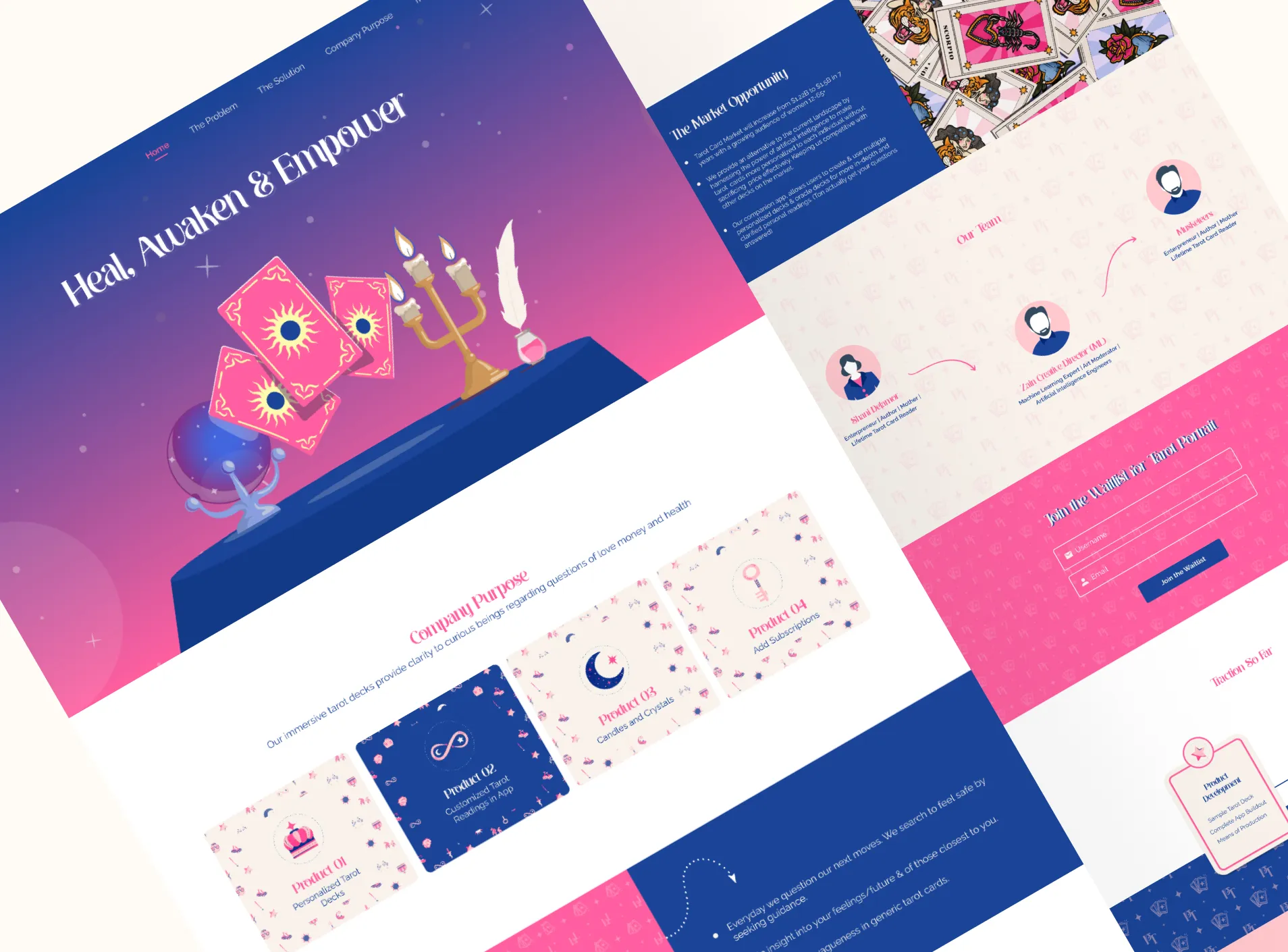
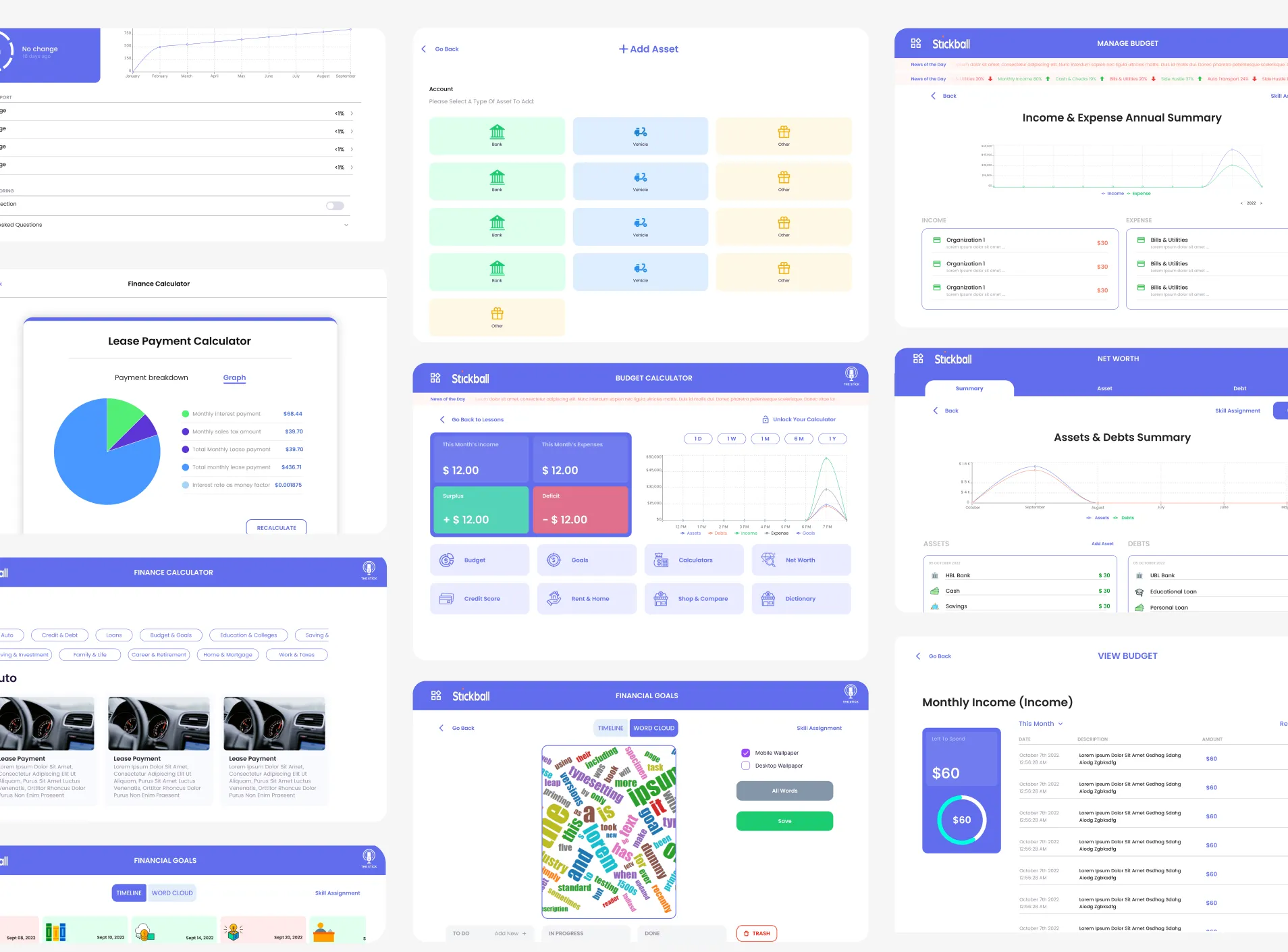

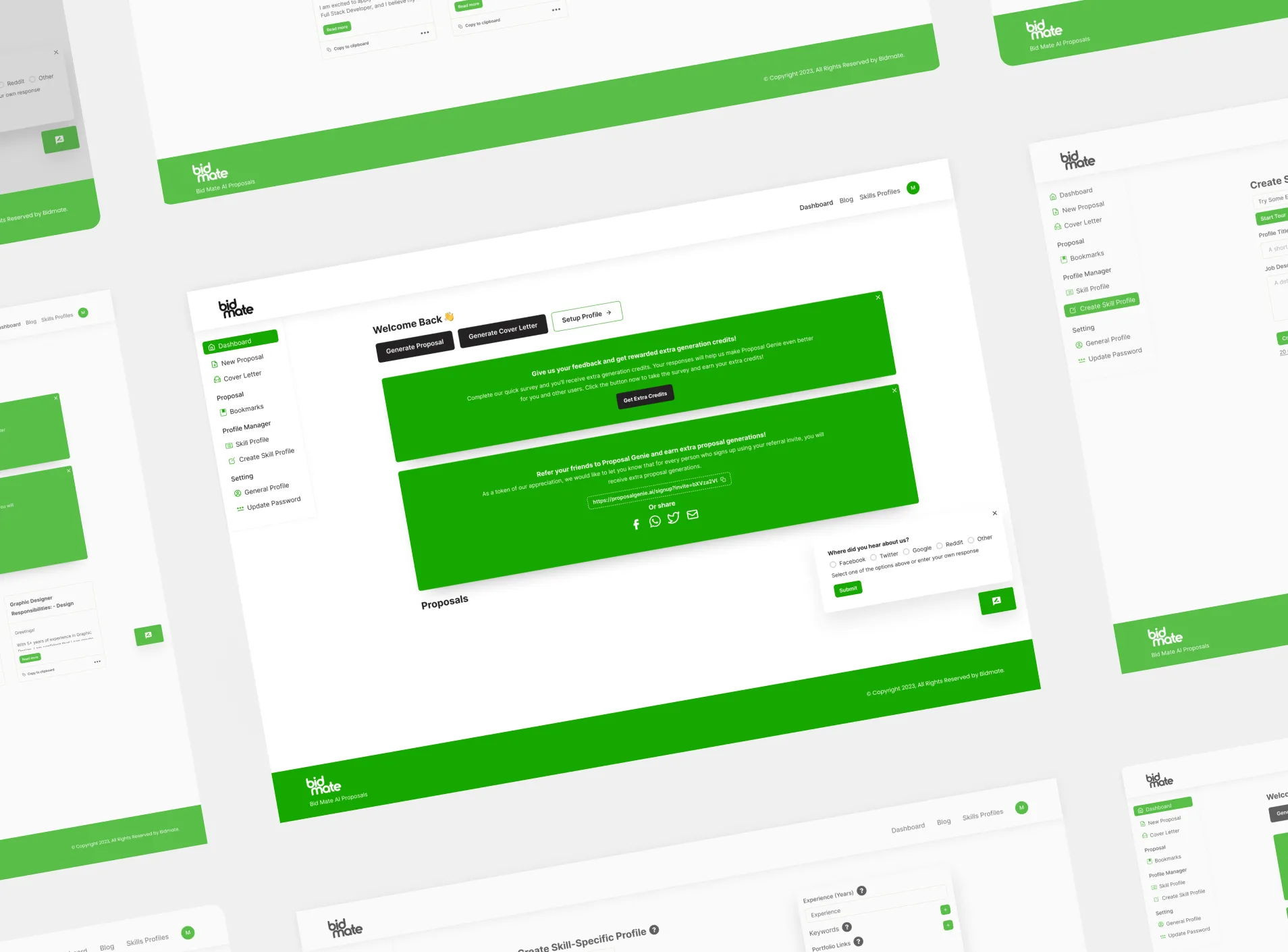
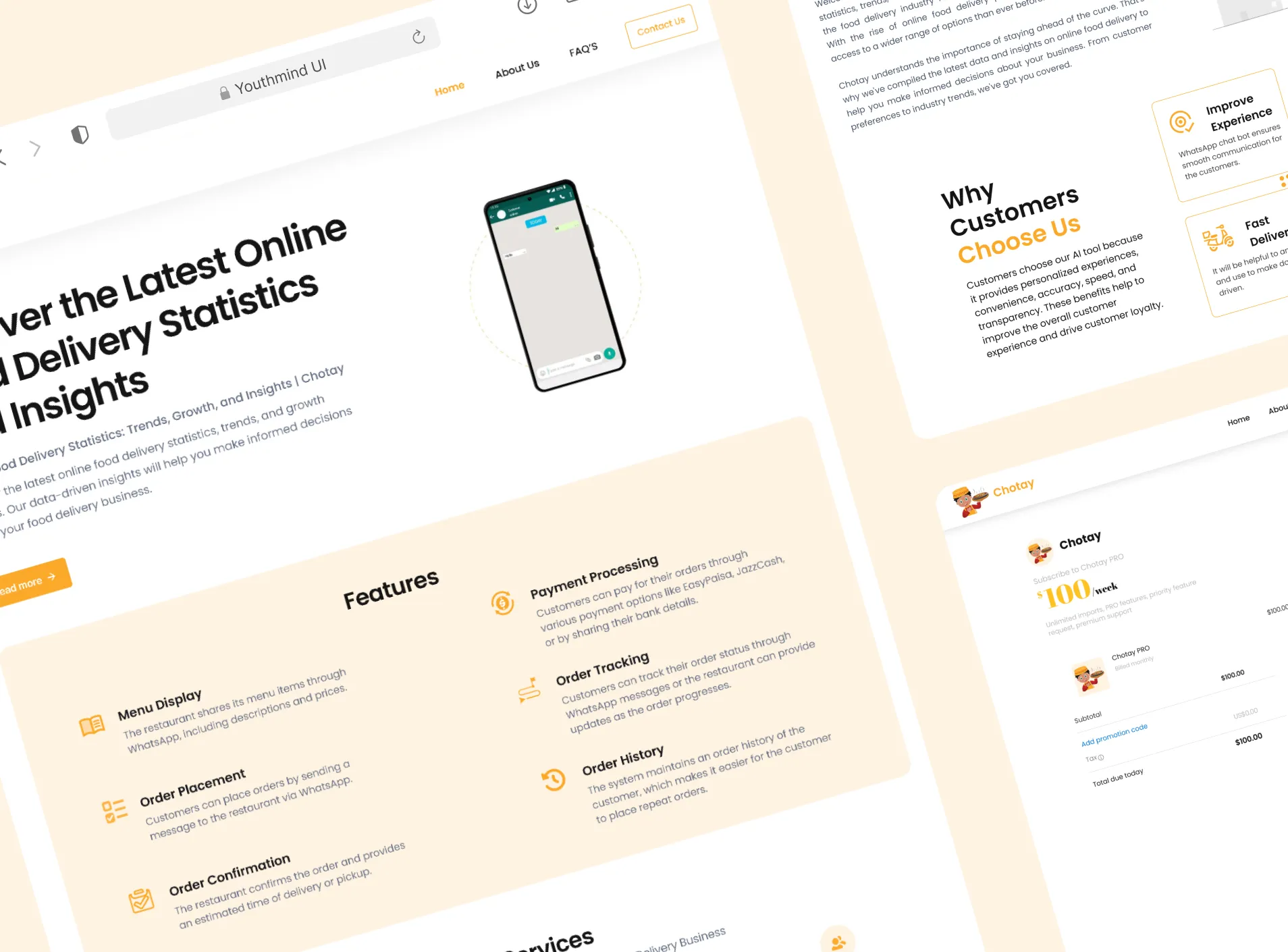
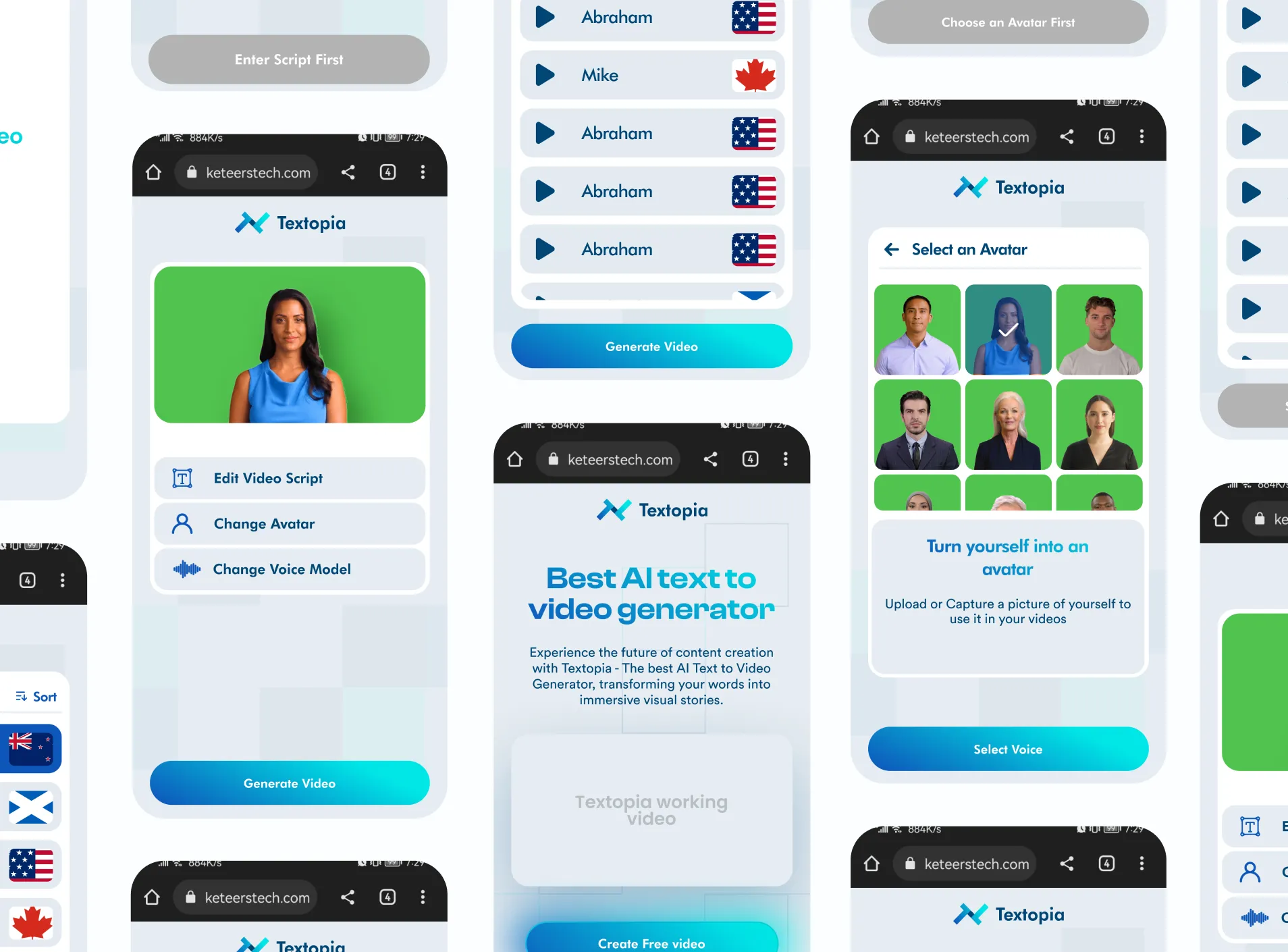

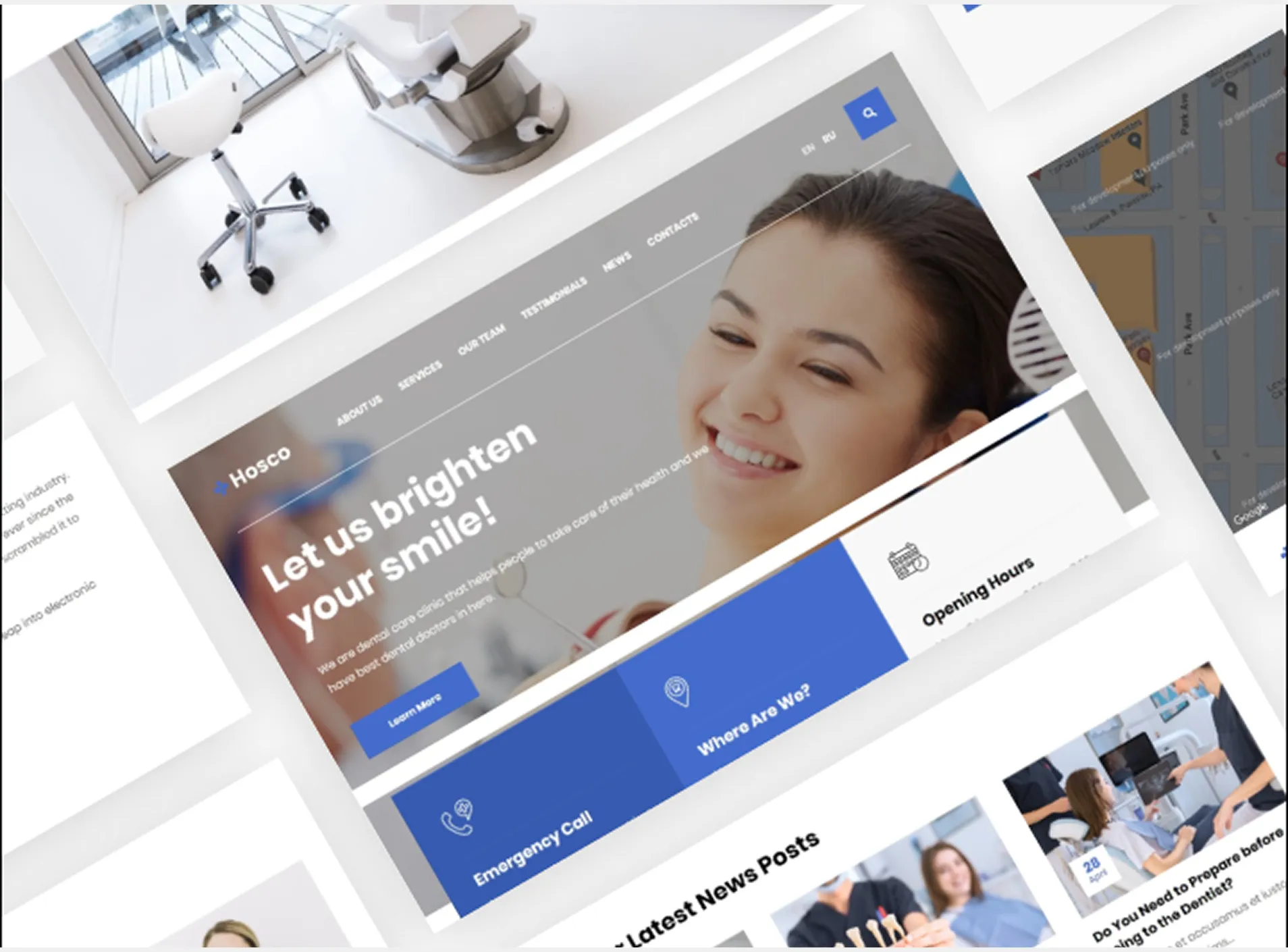
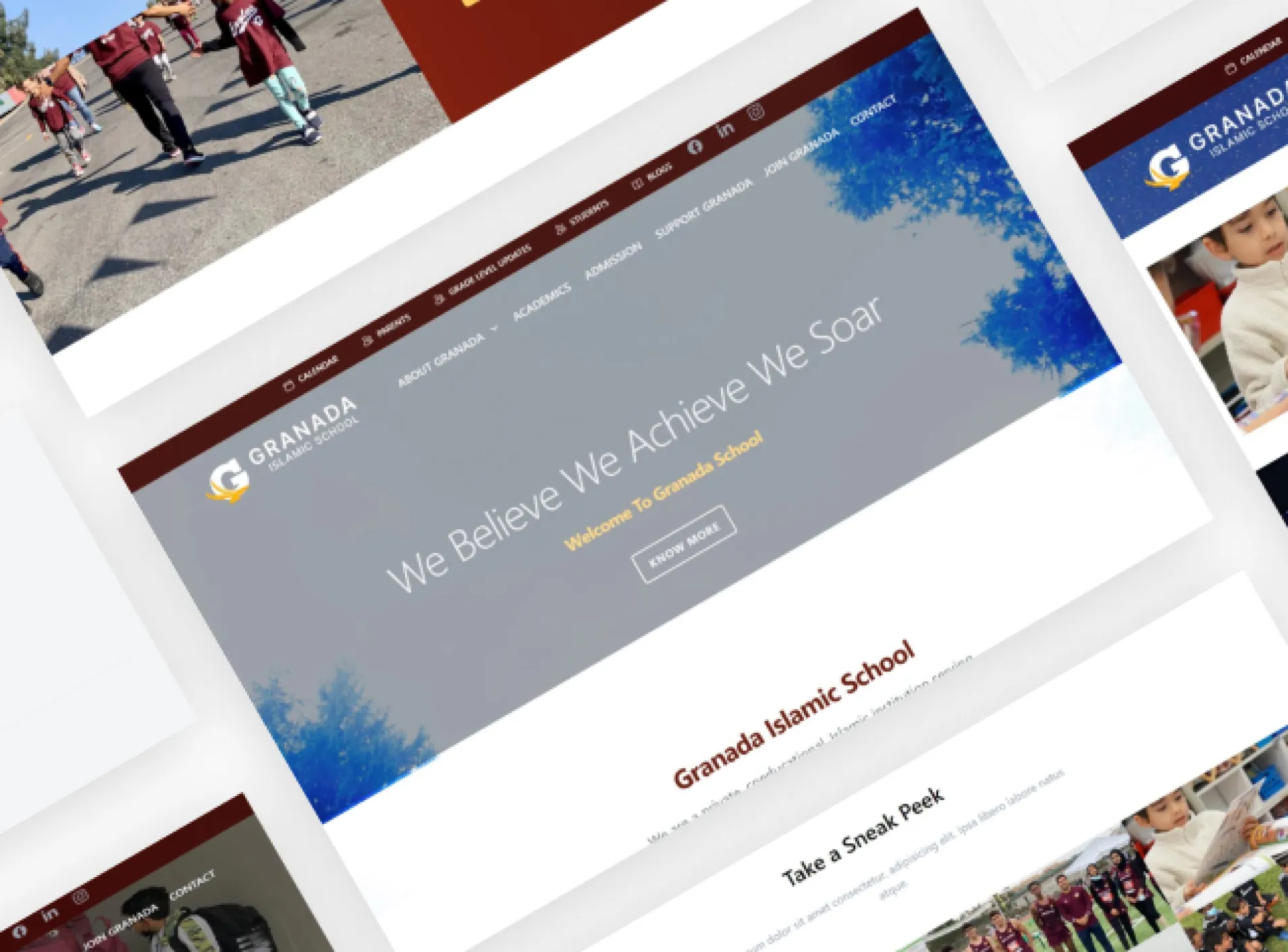



.BqrL9sgF_1jVnGp.webp)


